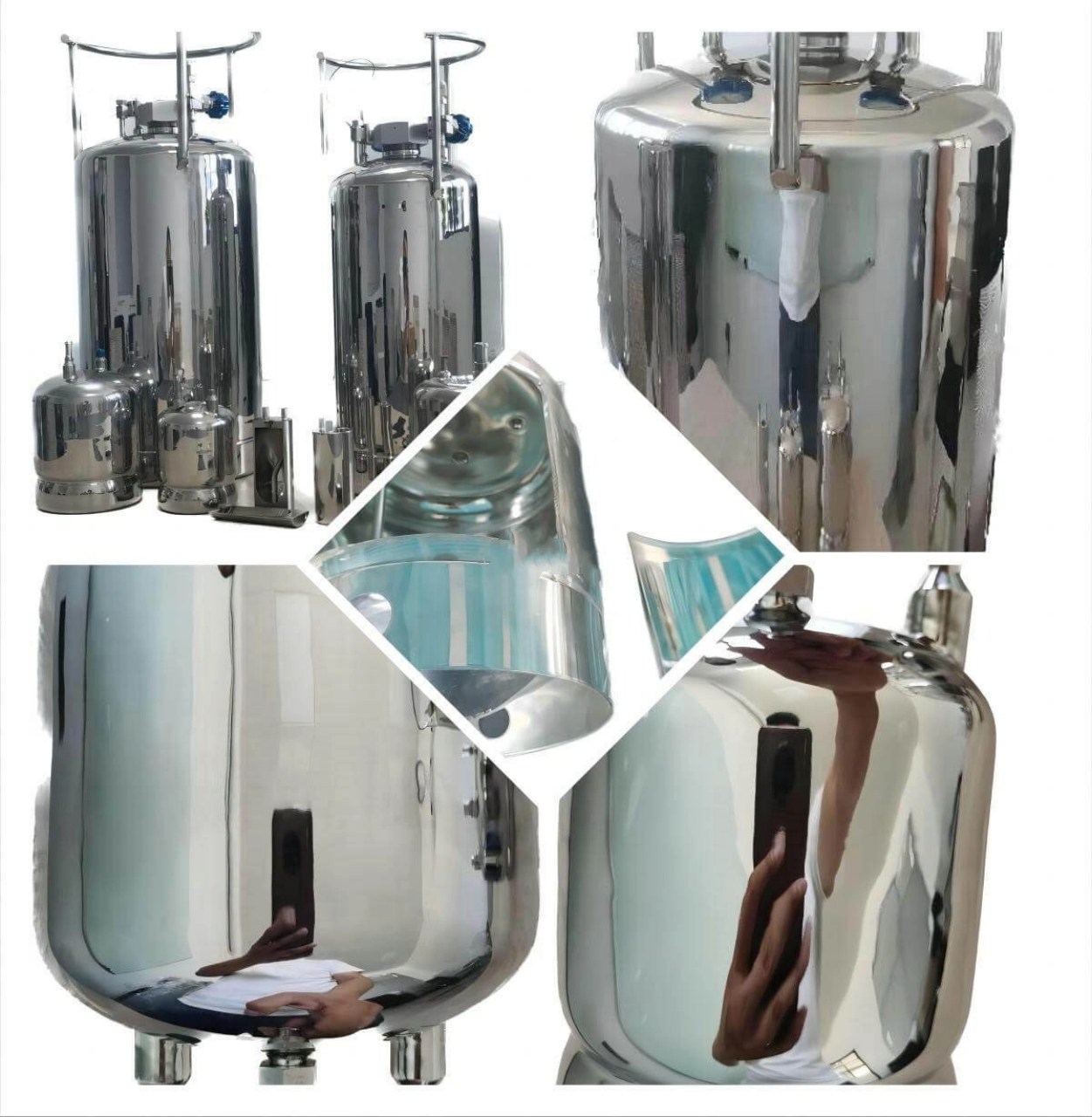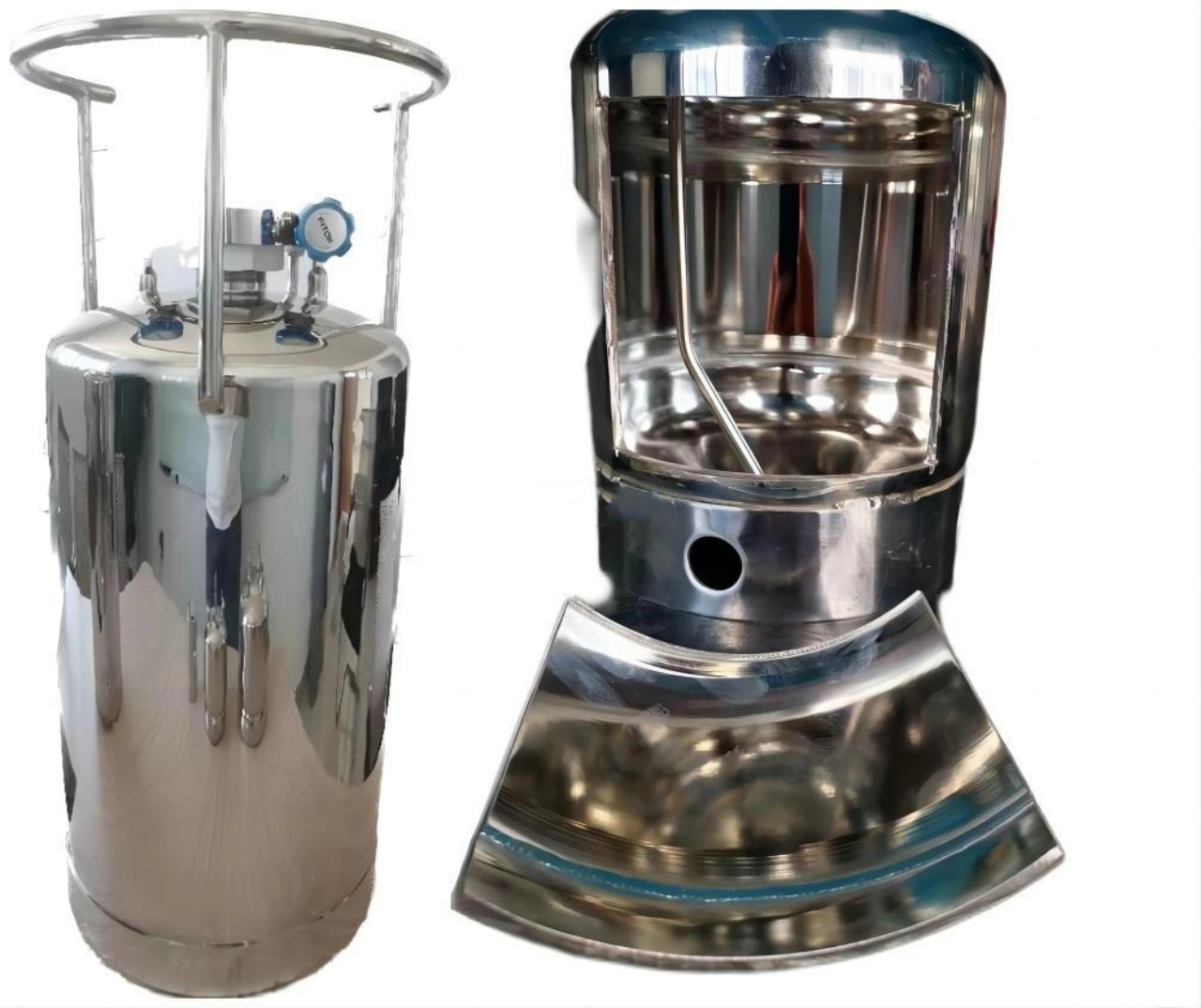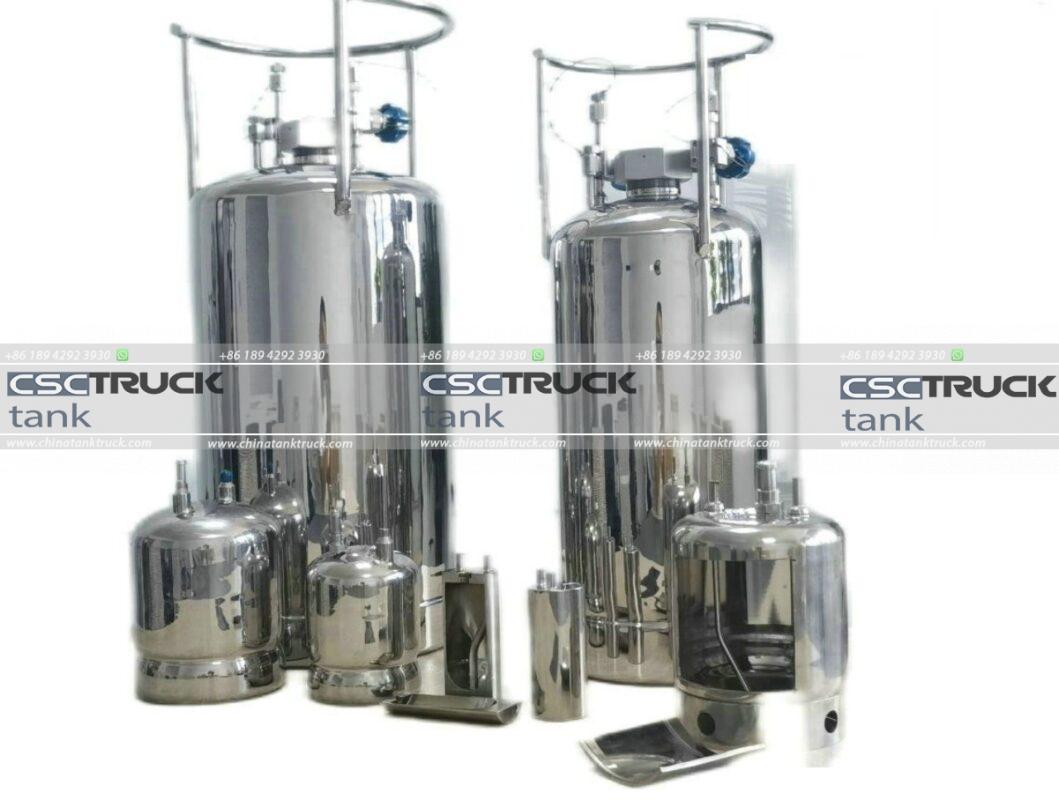Industrial gas cylinders are integral to a wide range of sectors, from healthcare and manufacturing to food production and energy generation. These cylinders are designed to safely store and transport compressed gases, providing industries with the essential gases they need for various processes. In this article, we will explore the different types of industrial gas cylinders, their applications, and the crucial safety standards that govern their design, use, and maintenance.
Types of Industrial Gas Cylinders
Industrial gas cylinders come in a variety of shapes, sizes, and materials, depending on the type of gas they are meant to contain and the specific industry they serve. Generally, industrial gas cylinders are classified into the following types:
1. Steel Cylinders
Steel cylinders are among the most common types used for industrial gas storage. They are known for their strength and durability, making them suitable for high-pressure applications. Steel cylinders are typically used for gases like oxygen, nitrogen, and carbon dioxide, which are often stored at pressures ranging from 2,000 to 3,000 psi (pounds per square inch).
Steel is also preferred for its corrosion resistance, especially when it’s coated with protective layers like paint or epoxy. However, steel cylinders tend to be heavier than alternative materials, which can make them less ideal for portable applications.
2. Aluminum Cylinders
Aluminum cylinders are lighter than steel cylinders, which makes them a popular choice for applications requiring portability. These cylinders are commonly used for gases such as medical oxygen, diving gases, and fire suppression systems. Aluminum’s lightweight nature makes it a desirable option for industries that require frequent transportation of gas cylinders, such as in the medical field.
In addition to being lighter, aluminum cylinders have excellent corrosion resistance, especially when compared to steel. This makes them ideal for use in environments where moisture or humidity may be present.
3. Composite Cylinders
Composite cylinders are a newer innovation in industrial gas storage. These cylinders are made from a combination of materials, typically fiberglass, carbon fiber, or aramid fiber, and are wrapped around a plastic or aluminum liner. The use of these composite materials significantly reduces the weight of the cylinders while maintaining their strength and pressure resistance.
Composite cylinders are particularly useful in applications where weight is a critical factor, such as in the aerospace industry or for high-pressure gas systems in the automotive sector. They are also highly resistant to corrosion and are often used for industrial gases, fire suppression, and even hydrogen storage.
4. Cryogenic Cylinders
Cryogenic cylinders are specifically designed for the storage of liquefied gases at extremely low temperatures, such as liquid oxygen, liquid nitrogen, and liquid argon. These cylinders are heavily insulated to maintain the low temperatures required to keep gases in liquid form. Cryogenic cylinders are often found in industries that require large volumes of liquid gases for manufacturing, medicine, or research purposes.
Because cryogenic cylinders involve extremely cold temperatures, they are built with specialized valves, insulation, and other features to ensure safety and efficiency.

Applications of Industrial Gas Cylinders
Industrial gas cylinders serve a wide array of purposes across many industries. Some of the most common applications include:
- Healthcare: Medical-grade oxygen cylinders are a key component of respiratory care, used in hospitals, nursing homes, and ambulances.
- Manufacturing: Gases like acetylene and argon are used in welding and metal-cutting processes, while nitrogen and hydrogen are used in various chemical and industrial manufacturing processes.
- Food and Beverage: Carbon dioxide cylinders are used in carbonating drinks, while nitrogen helps in packaging and preserving food.
- Energy: Compressed natural gas (CNG) cylinders are used in fuel systems for vehicles and power plants.
- Research and Development: Gases like helium, hydrogen, and nitrogen are used in laboratory settings for experiments and analytical processes.
Safety Standards and Regulations for Industrial Gas Cylinders
The use of industrial gas cylinders is strictly regulated to prevent accidents such as explosions, leaks, or fires. Several international and regional organizations set safety standards for gas cylinder design, use, and maintenance, including:
1. ISO Standards
The International Organization for Standardization (ISO) has set several standards governing the manufacturing, testing, and maintenance of gas cylinders. ISO 9809, for example, outlines the specifications for seamless steel cylinders for industrial gas storage. ISO 11119 focuses on the design and construction of refillable gas cylinders made from composite materials. These standards ensure that cylinders are manufactured with the correct materials, are capable of withstanding the required pressures, and are safe for use in various industries.
2. DOT (Department of Transportation) Standards
In the United States, the Department of Transportation (DOT) regulates the transportation of industrial gas cylinders. The DOT’s Pipeline and Hazardous Materials Safety Administration (PHMSA) establishes regulations for cylinder construction, labeling, inspection, and maintenance. These standards are critical in ensuring that gas cylinders meet safety criteria for transportation, including requirements for pressure relief devices, valve protection, and proper labeling to avoid confusion about the contents.
3. European Safety Standards (EN Standards)
In Europe, industrial gas cylinders are governed by a range of European standards. One of the most widely recognized is EN 1968, which deals with the periodic inspection of gas cylinders. This standard requires that cylinders undergo rigorous checks at regular intervals to ensure their integrity. Another key European standard is EN 12245, which specifies the design and construction of composite cylinders.
4. Workplace Safety Regulations (OSHA)
In the workplace, safety standards provided by the Occupational Safety and Health Administration (OSHA) in the U.S. play a critical role in the safe handling and storage of industrial gas cylinders. OSHA’s regulations ensure that cylinders are stored in well-ventilated areas, away from heat sources and combustible materials. Workers must also be trained in proper cylinder handling, including securing cylinders during transportation and storage to prevent accidental releases or falls.
5. Regular Inspections and Testing
All gas cylinders must undergo periodic inspections to check for structural integrity, leaks, and corrosion. Many regulatory bodies, such as the DOT and the European Union, mandate that gas cylinders be tested every 5 years or more frequently, depending on the type of cylinder and the gas it holds. Testing may involve hydrostatic testing, which checks the cylinder’s ability to withstand pressure, and visual inspections to detect any signs of wear or damage.

Conclusion
Industrial gas cylinders are essential tools in various industries, providing a safe and reliable way to store and transport compressed gases. From steel and aluminum cylinders to more advanced composite and cryogenic models, these cylinders are designed to meet specific needs and application requirements. However, with the diverse range of gases and cylinder types comes the need for strict safety standards to ensure that cylinders are used and maintained properly.
By adhering to international standards like those set by ISO, DOT, and EN, industries can significantly reduce the risks associated with gas cylinder usage, ensuring the safety of workers, consumers, and the environment. As industries evolve and new gases and applications emerge, the importance of maintaining and upgrading safety standards will continue to grow, ensuring that industrial gas cylinders remain a safe, effective, and essential part of modern industrial operations.


